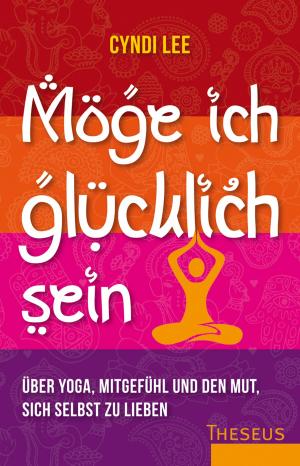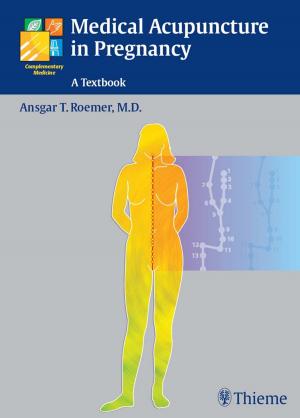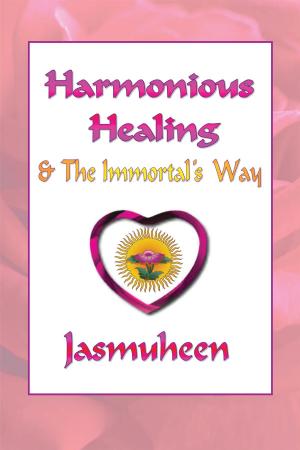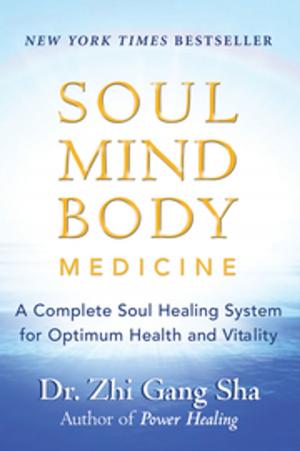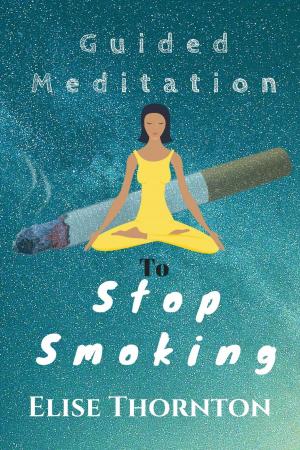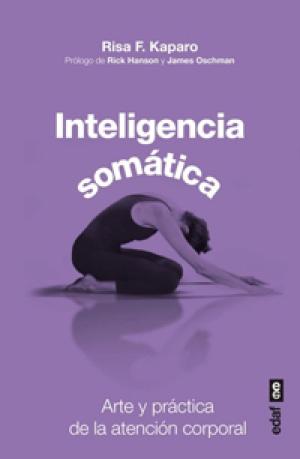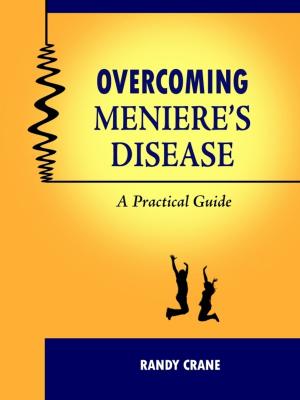Yoga & Progressive Relaxation Response
Nonfiction, Health & Well Being, Fitness, Yoga, Health, Alternative & Holistic Health| Author: | Jobe Leonard, Tim Ganley, Vie Binga | ISBN: | 9781311352965 |
| Publisher: | Jobe Leonard | Publication: | February 7, 2016 |
| Imprint: | Smashwords Edition | Language: | English |
| Author: | Jobe Leonard, Tim Ganley, Vie Binga |
| ISBN: | 9781311352965 |
| Publisher: | Jobe Leonard |
| Publication: | February 7, 2016 |
| Imprint: | Smashwords Edition |
| Language: | English |
Modern neuroscience and neuropsychology research shows not only that multitasking is actually harming
our brain and our performance but in reality, non-doing is a lot of times the most effective and efficient
form of action.
Action does not take place unless we have created space for it, whether that be physical, mental or
emotional. The only way to create space is by stopping. Stopping whatever it is that we are consumed in
doing.
How many times have you found your keys or something else you misplaced, after you stopped looking for
it?
How many times have you remembered the name of a song, or a place after you stopped trying to recall it?
How many times have you had an inspiring idea after “wasting time” during a small-talk with a friend?
Josh Davis, Ph.D. Director of Research and Lead Professor for the NeuroLeadership Institute says: “Let
your mind wander for a few minutes and then come back to it. That's something that often is a little counter
intuitive for people but it's something that probably everyone will have done at some point in their life and
can recognize…. That has psychological benefits that are very hard to get otherwise. Some of the things
that happen when our minds wander is that we integrate certain neural networks that are involved in what
we call executive functions or which have to do with things like staying focused on a goal and holding
ideas in mind…"
Dr. Herbert Benson, Cardiologist and Professor of Mind Body Medicine at the Harvard Medical
School.states: “Stress does not cause pain, but it can exacerbate it and make it worse. Much of chronic pain
is 'remembered' pain. It's the constant firing of brain cells leading to a memory of pain that lasts, even
though the bodily symptoms causing the pain are no longer there. The pain is residing because of the
neurological connections in the brain itself.”
We believe that savasana (aka shavasana), the infamous corpse pose of yoga, offers all of the
aforementioned benefits, if performed properly.
"Yoga & Progressive Relaxation Response" explores all the forgotten why's and how's of savasana (corpse
pose) and teaches you how to incorporate it in any physical exercise session. No prior yoga knowledge or
experience is required or assumed.
"Yoga & Progressive Relaxation Response" is written in such a way that it can be read cover to cover, and
readily implemented. If you are reading it as a practitioner, all you need is your mat. If you are reading it as
a Teacher, all you need is at least one Student.
We start by establishing our definition of the savasana process so we are all on the same wavelength. We
then proceed through every step of the way, narrating the class as if you were present. We give warning of
some common pitfalls and we reinforce good habits.
In the FAQ section we take the time to address the most common questions we have gotten through the
years.
After reading this book, we guarantee that you will have all the tools you need to guide yourself and/or
your class through the most effective and efficient savasana part heavenly possible.
We always love to hear back from our readers on what the book’s biggest influence on them was. Let us
know yours!
Embrace, Explore, Live, Learn... Thank you for reading! - Vie Binga & Tim Ganley
Modern neuroscience and neuropsychology research shows not only that multitasking is actually harming
our brain and our performance but in reality, non-doing is a lot of times the most effective and efficient
form of action.
Action does not take place unless we have created space for it, whether that be physical, mental or
emotional. The only way to create space is by stopping. Stopping whatever it is that we are consumed in
doing.
How many times have you found your keys or something else you misplaced, after you stopped looking for
it?
How many times have you remembered the name of a song, or a place after you stopped trying to recall it?
How many times have you had an inspiring idea after “wasting time” during a small-talk with a friend?
Josh Davis, Ph.D. Director of Research and Lead Professor for the NeuroLeadership Institute says: “Let
your mind wander for a few minutes and then come back to it. That's something that often is a little counter
intuitive for people but it's something that probably everyone will have done at some point in their life and
can recognize…. That has psychological benefits that are very hard to get otherwise. Some of the things
that happen when our minds wander is that we integrate certain neural networks that are involved in what
we call executive functions or which have to do with things like staying focused on a goal and holding
ideas in mind…"
Dr. Herbert Benson, Cardiologist and Professor of Mind Body Medicine at the Harvard Medical
School.states: “Stress does not cause pain, but it can exacerbate it and make it worse. Much of chronic pain
is 'remembered' pain. It's the constant firing of brain cells leading to a memory of pain that lasts, even
though the bodily symptoms causing the pain are no longer there. The pain is residing because of the
neurological connections in the brain itself.”
We believe that savasana (aka shavasana), the infamous corpse pose of yoga, offers all of the
aforementioned benefits, if performed properly.
"Yoga & Progressive Relaxation Response" explores all the forgotten why's and how's of savasana (corpse
pose) and teaches you how to incorporate it in any physical exercise session. No prior yoga knowledge or
experience is required or assumed.
"Yoga & Progressive Relaxation Response" is written in such a way that it can be read cover to cover, and
readily implemented. If you are reading it as a practitioner, all you need is your mat. If you are reading it as
a Teacher, all you need is at least one Student.
We start by establishing our definition of the savasana process so we are all on the same wavelength. We
then proceed through every step of the way, narrating the class as if you were present. We give warning of
some common pitfalls and we reinforce good habits.
In the FAQ section we take the time to address the most common questions we have gotten through the
years.
After reading this book, we guarantee that you will have all the tools you need to guide yourself and/or
your class through the most effective and efficient savasana part heavenly possible.
We always love to hear back from our readers on what the book’s biggest influence on them was. Let us
know yours!
Embrace, Explore, Live, Learn... Thank you for reading! - Vie Binga & Tim Ganley



